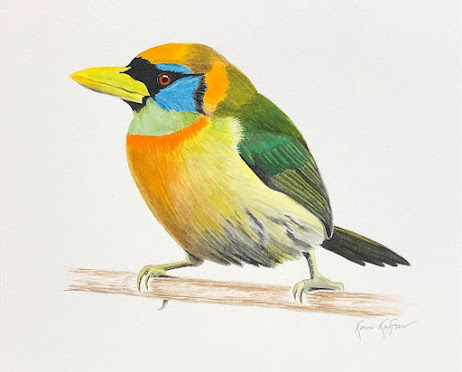Although Kenn and I were away from home and missed it, two more baby turtles hatched! And while our hearts might be a teensy bit sad to have missed it, we couldn't be happier that our dear friend Tiffanie got to share this experience with her daughter. In fact, after looking at the pictures and seeing the radiant, happy smile on Delaney's face as she released these tiny bundles of life, we wouldn't change the way these two baby turtles came into the world for anything. Hatchling baby turtle #2 has arrived! And if you look closely, above #2, you can see the head of #3 just beginning to emerge! Just look at that beautiful, happy smile! Baby turtles are definitely smile-inducing! Delaney sends one tiny hatchling off into its new aquatic world! There are still a few more to hatch, so we'll keep you posted!








Lovely photos, Mr. & Mrs. K!
ReplyDeleteIsn't it amazing the behavior ecology you can pick up at feeders?
ReplyDeleteWell said!
ReplyDeleteI love how you describe them as having "an admirable level of independence", Kenn. We usually have a couple of them at our feeders, but I'll have to watch closer to see if I notice the same pattern of them only coming when there's snow on the ground -- interesting! ~Kim
ReplyDeleteNice set of images, Kenn. I am fond of sparrows as a group, especially the Tree Sparrow with its bi-colored bill and rufous coloring. I have only seen them singly here in Indiana. How fun it would be to see them in flocks! Very informative post.
ReplyDeleteDear Mr. K,
ReplyDeleteI'm a big fan of your work and I was wondering if you will be attending the CMBO event in May?
Regards,
Lori
Yeh, the ATSP is a favorite winter bird! Always anticipate it at the feeder when we get our first good snow in December.
ReplyDeleteThank you for this post. Gives us a new appreciation of this little bird. Also, we greatly enjoyed the talks that you both gave at Shreve. They were really good. A lot different than what we expected. You each gave a different and unique perspective on the subjects (as you did with this post).
ReplyDeleteBob R
Beautiful photos
ReplyDelete